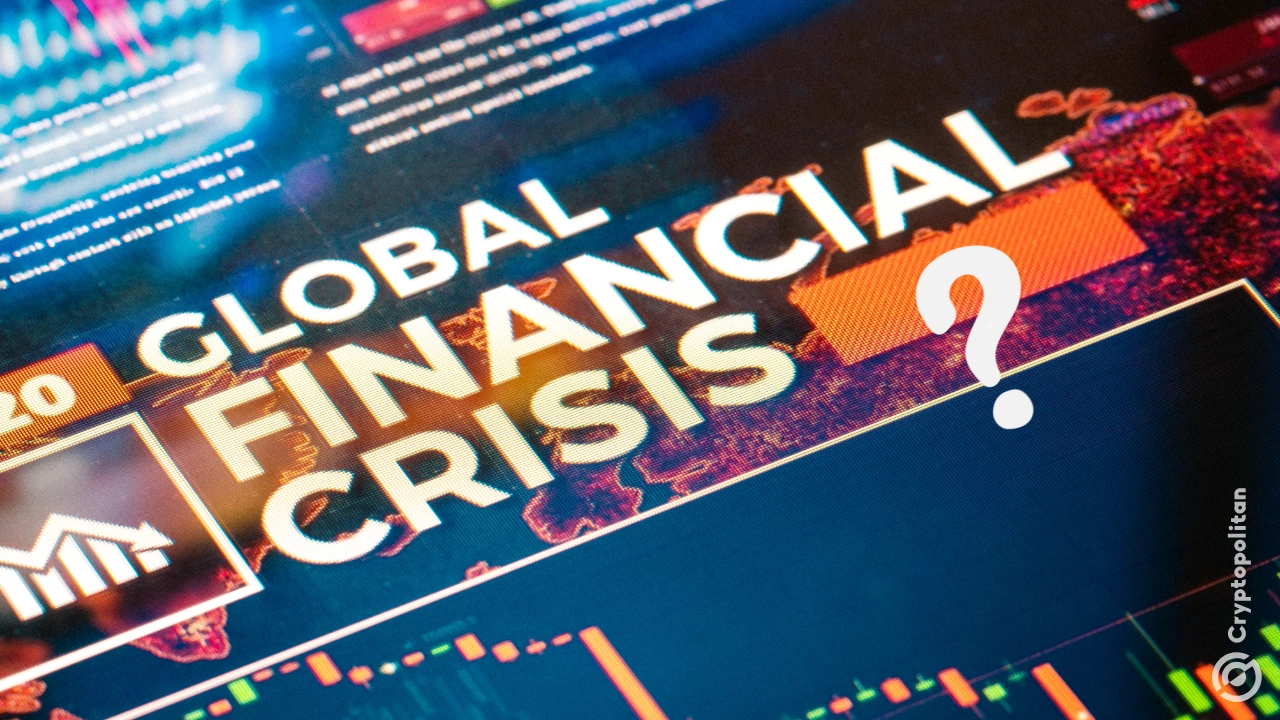
The world’s financial system is a ticking time bomb. Debt, geopolitical tensions, and sensitive markets have created a dangerous time bomb that could detonate in 2025.
If you’ve been paying attention, the crisis is practically knocking at our doors. Global corporate debt is suffocating the system. At $22.1 trillion, it’s higher than ever, with $11.3 trillion maturing by the end of 2025. Half of this debt is rated just a hair above junk status, meaning one bad quarter could send these companies spiraling.
Add the consumer debt pile in the U.S.—now at $16 trillion with credit card balances topping $1 trillion—and you’ve got a world leaning dangerously close to financial collapse.
Debt levels are killing us
Nonfinancial corporations alone account for 62% of all maturing debt. Here’s the problem: most of this debt is stuck in the lowest investment-grade rating, ‘BBB.’ One downgrade, and borrowing costs will skyrocket for companies already on shaky ground.
The U.S. is staring at $2.42 trillion in maturing corporate debt for 2025, far outpacing previous years. Refinancing this mountain in a climate of rising interest rates? Good luck.
Meanwhile, consumers are drowning. Debt-to-income ratios in the U.S. hit 145%, signaling that people are borrowing way beyond their means. Delinquencies on credit cards and auto loans are creeping up by 1-2%, reflecting the growing number of households struggling to keep up.
Inflation might be slowing, but wages aren’t growing fast enough to ease the pain. And then there’s national debt. The U.S. is sitting on a $36 trillion tab, with $4.7 trillion added during the debt ceiling suspension between mid-2023 and January 2025.
The Treasury is now using “extraordinary measures” to keep the lights on, but those tricks won’t last forever. By mid-2025, the so-called “X-Date” will hit, when the government runs out of cash. The stakes? Catastrophic defaults, massive job losses, and the potential collapse of global markets, including crypto.
Geopolitics: The ultimate wild card
As if the debt wasn’t bad enough, global tensions are pouring gasoline on the fire. The U.S. and China are locked in an economic standoff that’s disrupting supply chains and fueling uncertainty. The Russia-Ukraine war hasn’t let up either, keeping energy markets volatile and global trade on edge.
And policy risks aren’t doing anyone favors. Even the bond market is freaking out. The yield curve has been inverted for months, a classic recession signal that’s impossible to ignore. Historically, this kind of inversion means trouble ahead, and 2025 is looking like a perfect setup.
Central banks and interest rates
Central banks might look like they’re calming things down, but don’t be fooled. Inflation rates have cooled slightly, giving policymakers the room to consider rate cuts. But there’s a catch: cutting rates too fast could reignite inflation, while keeping them high might choke already fragile economies.
Real U.S. interest rates are expected to average 1.5% in 2025, a big surge from the near-zero levels seen post-pandemic. For businesses and households used to borrowing cheaply, the change is brutal.
High rates have jacked up borrowing costs, making it harder for everyone—from corporations to everyday consumers—to stay afloat.
In the stock markets, it’s a game of false hope. Recent rate-cut hints have started some recovery, but experts warn these gains won’t last if inflation picks up or debt burdens overwhelm companies. The fundamentals aren’t strong enough to sustain a bull run.
Climate change is an invisible threat to financial stability. Extreme weather events are becoming more frequent and costly, draining resources and creating new financial risks. From floods to wildfires, the economic impact is massive, particularly in regions already struggling with debt.
The long-term outlook is grim. Economists project global GDP growth at just 2.5% for 2025, a slowdown that leaves no room for error. If growth doesn’t accelerate, debt burdens will become unsustainable, triggering defaults that will cascade across markets.
Land a High-Paying Web3 Job in 90 Days: The Ultimate Roadmap









